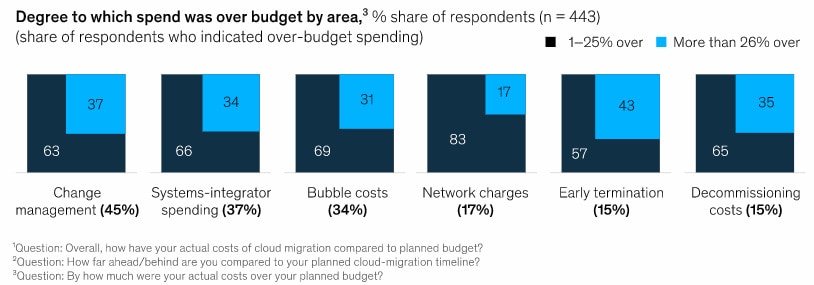Unlocking transformational business performance improvement requires securely employing software and data at scale—and with speed—across the enterprise IT landscape.
We have that today in the form of cloud or cloud computing. And while individuals and small businesses will find cloud adoption relatively straightforward, for businesses of a certain size and sector, the requirements are higher and the conditions far more complex.
Consider a financial institution that wants to reap the elasticity and utility-model promise of cloud computing, the company will likely have systems and processes that are hardwired to legacy applications. For these businesses, data gravity, security and regulatory requirements, and the cost and complexity of mission-critical applications, the move to the cloud is no walk in the park.
Likely because of issues such as national data sovereignty, data must stay in traditional data centres, but applications can be housed in the cloud. And with many innovations around, the operational benefits of renting software as a service, make for a compelling use case.
Statista estimates that in 2021, the average number of SaaS-based applications is 110, compared to 12 just five years before.
But before you jump the gun, if you haven’t done so already, be aware that a third of cloud migration projects fail. A McKinsey research in 2021 revealed that 75% of cloud migrations ran over budget, while 27% ran behind schedule.

In this CXOVIEWS dialogue, Craig Fulton, senior APAC leader of hybrid cloud transformation at IBM Consulting, pointed out that people have different expectations when it comes to the cloud.
“It started with very technology-focused expectations so from cost to agility to developer to productivity. As people matured, they looked at business innovation, revenue generation and building on top of the cloud.”
Craig Fulton
“These expectations are starting to become real, generating business value as they get closer to business strategy. The key is to do it the right way and you see exponential growth,” he continued.
Analysts tell us that there will always be applications that will stay on-premises or inside private clouds. For companies that choose to have a hybrid, even multi-cloud setup, I can only imagine the complexity that this will bring. Is it worth taking a hybrid cloud approach?
Craig Fulton: It is worth it regardless of whether all applications end up in the public cloud. The hybrid multi-cloud approach now allows you to get cloud capabilities by integrating multiple clouds. We have gone from single cloud to multi-cloud to now on average 10 to 15 clouds. The key is to build your integration layer and manage all those environments with the same security model and architecture.
People do not really understand and think of their environment as a hybrid multi-cloud. The majority are still on-premises and pick niche clouds for specific things such as data analytics. This is a hybrid multi-environment, not necessarily a hybrid multi-cloud.
For those that do choose this path, what should they be ready/prepared for as they start this journey?
Craig Fulton: Skills are most important. People moving from an on-premises environment to a cloud environment concentrate a lot on the cloud skills but lose the complex skills they need such as resilience and availability. In a hybrid environment, a large part of the environment still requires these.
You need to plan. Start your journey, move incrementally, and adjust per the market and company needs. Have security in place from the beginning to help you and your partners with the strategy and execution. The better and quicker the chance of success if you have a strategic plan.
Drawing from your team’s experience helping enterprises make the transition to a hybrid cloud, what are key lessons to take into consideration?
Craig Fulton: The key lesson is to work closely with your business strategy. Cloud enables your business strategy, it is not just there for technology’s sake. Another is to plan and optimise your journey.
Do not start without understanding the implications of your actions and the complexity. Recognise the change you need to make culturally to get the benefits out of building this new environment including revenue growth.
What types of resources, skill sets, and expertise need to come together to help facilitate this journey?
Craig Fulton: There are two approaches to this. One is the innovation side. You have funding from CIOs or business technologists, and this is a product-driven, business-driven approach. The other is technology driven. It is about doing it the right way and building platforms.
You need to balance the two. I suggest planning top-down and building bottom-up. From a product perspective, you need the foundation before you can start moving forward. You need to know what you are building.
Click on the VODchat video above to hear Fulton elaborate on what it takes to master the art of integration.





